Devoted to instilling a lifelong love of reading in children and providing access to books for children in need, Book Giving Day calls on volunteers to share their favourite book with a young reader. Although the holiday originated in the UK, book lovers around the world now join in the celebrations every year.
Book Giving Day has few organised events. Instead, individual volunteers are encouraged to give a favourite book or books to children. This can take many forms; some people give books as gifts to their own children or to those of friends. Others donate books to children’s libraries, schools or charities. Still others leave books in places where they’ll be found, such as doctors’ waiting rooms or coach stations.
The organisers of Book Giving Day support the holiday by sharing participants’ stories and offering bonuses such as downloadable holiday bookplates to use in gifts.
thanks for the vintage pics, helen
Word of the Day
| |||
| Definition: | (adjective) Originating or existing during the same period; lasting through the same era. | ||
| Synonyms: | coetaneous, contemporaneous | ||
| Usage: | The range was composed of grand, solid, abrupt masses of granite, which appeared as if they had been coeval with the beginning of the world. | ||
Idiom of the Day
cushy job— A job that is easy, stress free, and/or very well paid. |
History
| |||
 | ENIAC was an early electronic digital computer built in the US by engineers J. Presper Eckert and John W. Mauchly. The massive ENIAC weighed 30 tons, filled an entire room, and used some 18,000 vacuum tubes, 70,000 resistors, and 10,000 capacitors. After its official unveiling in 1946, it was used to prepare artillery-shell trajectory tables and perform other military and scientific calculations. | ||
| |||
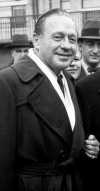 | Benny made his vaudeville debut playing the violin in 1912. After discovering a talent for comedy while in the navy, he returned to vaudeville as a comedian. He made his film debut in 1927 and appeared in 18 films between 1930 and 1945. His weekly radio show—1932 to 1955—and TV show—1950 to 1965—won loyal audiences, and he became famous for a unique comic style characterized by subtle verbal inflection, meaningful pauses, and the stage image of a vain, stingy man. | ||
| |||
 | How St. Valentine became the patron saint of lovers remains a mystery, but one theory is that the Church used the day in an attempt to Christianize the old Roman Lupercalia, a pagan festival that entailed putting girls' names in a box and letting the boys draw them out. The Church substituted saints' names for girls' names, but, by the 16th century, it was once again girls' names that ended up in the box. Eventually, the custom of sending anonymous cards or messages to those one admired became the accepted way of celebrating St. Valentine's Day. | ||
| |||
| The world's oldest known wild bird just added a new chick to the family — her 40th one, experts say. The Laysan albatross (Phoebastria immutabilis), named Wisdom, is at least 65 years old but shows no signs of slowing down. | |||
READ MORE:
1778 - The Stars and Stripes was carried to a foreign port, in France, for the first time. It was aboard the American ship Ranger.
1803 - Moses Coates received a patent for the apple parer.
1849 - The first photograph of a U.S. President, while in office, was taken by Matthew Brady in New York City. President James Polk was the subject of the picture.
1920 - The League of Women Voters was founded in Chicago. The first president of the organization was Maud Wood Park.
1954 - The TV show "Letter to Loretta" changed its name to "The Loretta Young Show." The show premiered on September 20, 1953.
1966 - Rick Mount of Lebanon, IN, became the first high school, male athlete to be pictured on the cover of "Sports Illustrated".
1980 - Walter Cronkite announced his retirement from the "CBS Evening News."
DAILY SQU-EEK

If You Were Born Today, February 14
Youthful no matter your age, you are spirited and playful, yet you are no stranger to hard work. Your ideas are unique and well ahead of your time. You are a natural born entrepreneur with seemingly unlimited ideas for not only making money but also for unique products and services. Many of you have a strong interest in history. Given to some worry, this does help you to meet your responsibilities and commitments, but keeping a fresh perspective is something you need to work on in order to avoid pessimism or nervousness. Famous people born today: Florence Henderson, Jack Benny, Gregory Hines, Meg Tilly.
| Picture of the day | |
 |
Two Lovers is a 1630 painting in miniature by the Persian artist Reza Abbasi towards the end of his career. Using tempera and gold on paper, Abbasi depicted two lovers in a sensual embrace, becoming, according to the Metropolitan Museum of Art, "inextricably bound together, merged volumes confined within one outline."
|

Time to Go
Photograph by Akinori Koseki, National Geographic
Akinori Koseki was the only one on the train platform in the wee hours of the morning during this snowstorm in Fukushima, Japan. The photographer caught this train conductor checking his watch just moments before the 5:30 a.m. train was due to pull out of Aizu-Kawaguchi Station on the regional Tadami Line. Despite the heavy snowfall, the train left on time—helped in part by arriving at a station with no customers.
knit
knit
knit
knit
knit
crochet
Amigurumi Elephant

Over 6,000 Free Patterns on LionBrand.com
Discover over 800 yarns and 6,000 free knit, crochet, and craft patterns on LionBrand.com. Discover the perfect pattern for you.
| |||||||
crochet
Nesting Baskets pattern by Pam Daley
This pattern was developed specifically for the Recycled Silk Sari Ribbon Yarn from Darn Good Yarn (DarnGoodYarn.com). You may substitute other types ...
| |||||
Preview by Yahoo
| |||||
crochet, 3 mths - adult
Repeat Crafter Me: Crochet Unicorn Hat Pattern
Do you have a little girl that loves unicorns?
| |||||
crochet
Chunky Ribbed Scoodie

Ravelry: Chunky Ribbed Scoodie pattern by Zoe Deterding
This pattern creates a very chunky ribbed scoodie. Yarn, hook size and stitches can be substituted to give a different look and size to the project.
| |||||
Preview by Yahoo
| |||||
crochet
Twinkle Stars Baby Blanket
bestfreecrochet

Skill Level: Easy
Required Supplies:
- RED HEART® Anne Geddes Baby™: 4 balls 411 Dolphin A, 1 each 504 Robin B, 591 Posy C, and 203 Daffodil D
- Susan Bates® Crochet Hook: 4mm [US G-6]
- Yarn needle
- Stitch marker
GAUGE: 8 sts = 5” (12.5 cm); 10 rows = 4” (10 cm) in star st. CHECK YOUR GAUGE. Use any size hook to obtain the gauge.
Blanket measures 34½” wide x 36½” long (87.5 x 92.5 cm).
Special Stitch
sc2tog = [Insert hook in next stitch, yarn over and pull up a loop] twice, yarn over and draw through all 3 loops on hook.
Special Technique
Join with sc = Place a slip knot on hook, insert hook in indicated stitch, yarn over and draw up a loop, yarn over and draw through both loops on hook.
Notes
1. Blanket is worked back and forth in 2-row repeats of star stitches. Bases are made in odd-numbered rows and 3 hdc in the top of each base completes the stitches in even numbered rows.
2. Ch 1 at top of star base closes the stitch. Begin next base in space of same closing stitch.
3. Border is worked in joined rounds with right side facing.
4. Star motifs are worked separately and sewn to blanket. Center of star is made in continuous rounds, then each point is worked in rows.
BLANKET
With A, ch 163.
Row 1 (right side): Insert hook in 2nd ch from hook, yo and pull up a loop, [insert hook in next ch, yo and pull up a loop] 4 times, yo and draw through all 6 loops on hook, ch 1 (first star base made), *insert hook in ch-1 space of star base just made, yo and pull up a loop, insert hook in same ch as last loop made of last star base, yo and pull up a loop, [insert hook in next ch, yo and pull up a loop] 3 times, yo and draw through all 6 loops on hook, ch 1 (star base made); repeat from * across, hdc in last ch, turn—53 star bases and 1 hdc.
Row 2: Ch 2 (does not count as a st), 3 hdc in ch-1 space of each star base, hdc in beginning ch, turn—160 hdc.
Row 3: Ch 3 (does not count as a st), insert hook in 2nd ch from hook, yo and pull up a loop, insert hook in next ch, yo and pull up a loop, [insert hook in next st, yo and pull up a loop] 3 times, yo and draw through all 6 loops on hook, ch 1 (star base made), *insert hook in ch-1 space of star base just made, yo and pull up a loop, insert hook in same st as last loop made of last star base, [insert hook in next st, yo and pull up a loop] 3 times, yo and draw through all 6 loops on hook, ch 1 (star base made); repeat from * across to beginning ch, hdc in top of beginning ch, turn.
Rows 4–87: Repeat Rows 2 and 3 forty-two times.
Row 88: Repeat Row 2. Do not fasten off.
Border
Round 1 (right side): Ch 1, 3 sc in first st (corner made), sc in each st across to last st, 3 sc in last st (corner made); working across ends of rows of first side, sc evenly spaced to first ch; working in opposite side of foundation ch, 3 sc in first ch (corner made), sc in each ch across to last ch, 3 sc in last ch (corner made); working across ends of rows of other side, sc evenly spaced to first sc; join with slip st in first sc.
Round 2: Ch 3 (counts as first dc), 3 dc in next st, *dc in each st to center sc of next corner, 3 dc in center sc of corner; repeat from * around, dc in each remaining st to beginning ch; join with slip st in top of beginning ch.
Round 3: Slip st in each st; join with slip st in first st. Fasten off.
Star (make 11 – 4 each with B and C and 3 with D)
Center
Ch 2.
Round 1 (right side): Work 6 sc in 2nd ch from hook, do not join—6 sc. Place marker for beginning of round and move marker up as each round is completed.
Round 2: Work 2 sc in each st around—12 sc
Round 3: *Sc in next st, 2 sc in next st; repeat from * 5 times—18 sc.
Round 4: *Sc in next 2 sts, 2 sc in next st; repeat from * 5 times—24 sc.
Round 5: *Sc in next 3 sts, 2 sc in next st; repeat from * 5 times—30 sc.
Round 6: *Sc in next 4 sts, 2 sc in next st; repeat from * 5 times—36 sc.
Round 7: *Sc in next 5 sts, 2 sc in next st; repeat from * 5 times—42 sc.
Note: Continue in rows.
Point #1
Row 1 (right side): Sc in next 8 sts; leave remaining sts unworked, turn—8 sc.
Row 2: Ch 1, sc2tog, sc in next 4 sts, sc2tog, turn—6 sc.
Row 3: Ch 1, sc in each st across, turn.
Row 4: Ch 1, sc2tog, sc in next 2 sts, sc2tog, turn—4 sc.
Row 5: Ch 1, sc in each st across, turn.
Row 6: Ch 1, [sc2tog] twice, turn—2 sc.
Row 7: Ch 1, sc in each st across, turn.
Row 8: Ch 1, sc2tog, turn—1 sc.
Row 9: Ch 1, sc in sc. Fasten off.
Point #2–#5
Row 1: With right side facing, join yarn with sc in last st of previously made point, sc in next 7 sts, turn—8 sc.
Rows 2–9: Work same as Rows 2–9 of point #1.
Point #6
Row 1: With right side facing, join yarn with sc in last st of previously made point, sc in next 6 sts, sc in same st as first st made of point #1, turn—8 sc.
Rows 2–9: Work same as Rows 2–9 of point #1. Do not fasten off.
Edging
Round 1: Working across ends of rows and in sc at top of each point, sc evenly around; join with slip st in first sc. Fasten off.
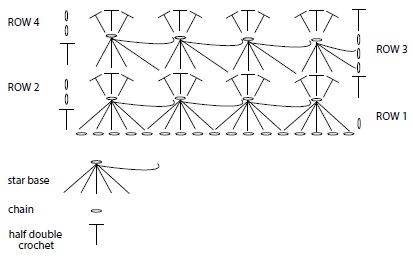
FINISHING
Weave in all ends. Using photograph as a guide, sew stars to blanket.
ABBREVIATIONS
A, B, C = Color A, Color B, Color C, etc.; ch = ch; dc = double crochet; hdc = half double crochet; sc = single crochet; st(s) = stitch(es); [ ] = work directions in brackets the number of times specified; * = repeat whatever follows the * as indicated.
RECIPE
MAKE A BACON BOUQUET
Our Best Bites
Take a strip of bacon and roll it up. Most strips of bacon have a “meaty” edge and a “fatty” edge. You’ll want the meaty edge to be the top of the flower, so keep the fatty edge aligned at the bottom.
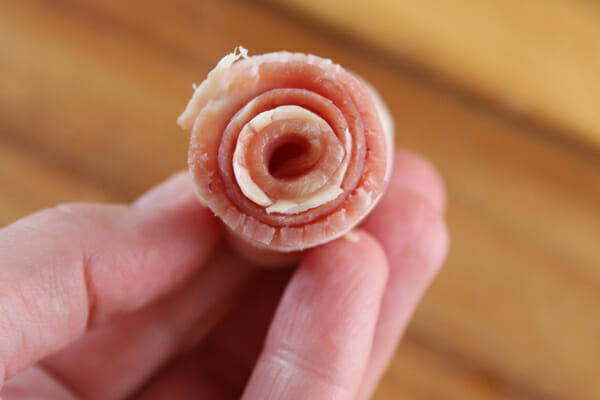
Keep a pair of clean scissors nearby as well. If your bacon is oddly shaped you may need to snip off a bit after you roll to make it lay nicely. Now, just grab some toothpicks. Insert them in the bottom of the roll, keeping them both as close to the bottom of the bacon as possible and close to each other. You can actually do this without toothpicks, but it’s a little safer with them, since sometimes the bacon comes unraveled.
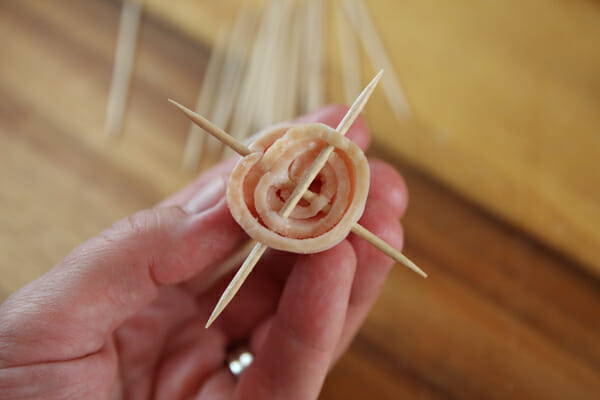 This not only holds the bacon together, but it creates a little stand for it, so it doesn’t topple over during cooking. Place those little beauties on a rack, sitting over a foil-lined baking sheet. Cooking them on a rack lets the bottoms cook as well so you don’t end up with mushy-bottomed flowers. Because that would be an atrocity.
This not only holds the bacon together, but it creates a little stand for it, so it doesn’t topple over during cooking. Place those little beauties on a rack, sitting over a foil-lined baking sheet. Cooking them on a rack lets the bottoms cook as well so you don’t end up with mushy-bottomed flowers. Because that would be an atrocity.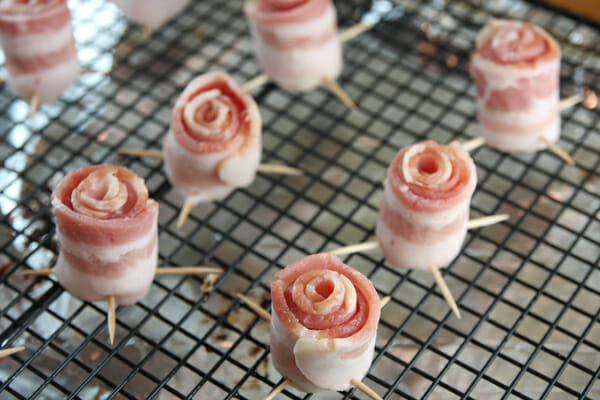 Pop them in a 400 degree oven for 20-30 minutes. The outside should be crisped and browned, and the inside won’t be crisp, but it will be cooked.
Pop them in a 400 degree oven for 20-30 minutes. The outside should be crisped and browned, and the inside won’t be crisp, but it will be cooked.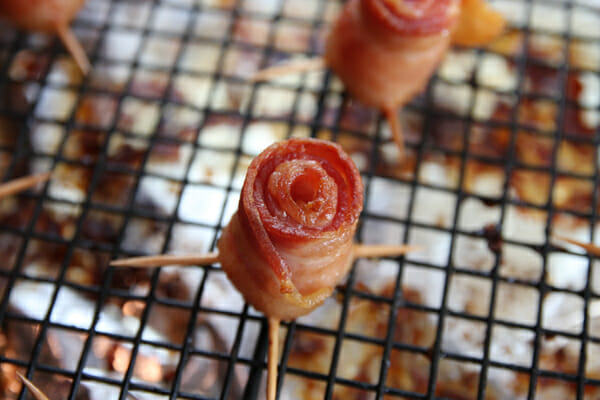 After my little rosebuds came out of the oven, I realized I wanted a heftier flower in there, and thus was born- the jumbo bacon flower:
After my little rosebuds came out of the oven, I realized I wanted a heftier flower in there, and thus was born- the jumbo bacon flower: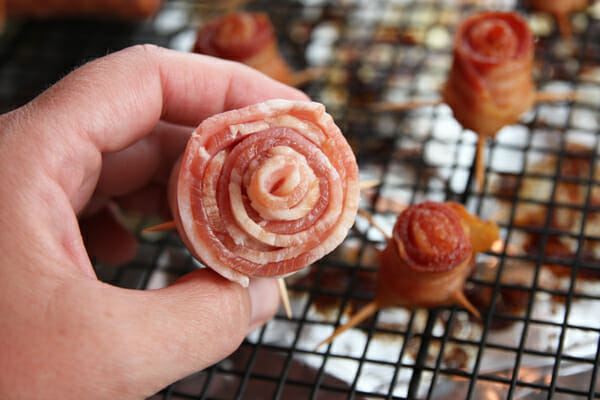 Just layer on another strip. Now, for such a thing as glorious as a bacon flower, you really need to display it tastefully.
Just layer on another strip. Now, for such a thing as glorious as a bacon flower, you really need to display it tastefully.
So grab some discount silk flowers from the craft store. I found these in the clearance bin outside Michael’s for 75% off.

The only thing that can be really annoying is if you grab a batch of flowers that happen to be super-glued onto the stems, which some are. So just take a quick peek, and make sure you’re buying the kind that can be easily pulled apart.
Pull those red petals off. Some flowers have several parts in there that you might have to disassemble, but basically, you want this part left:
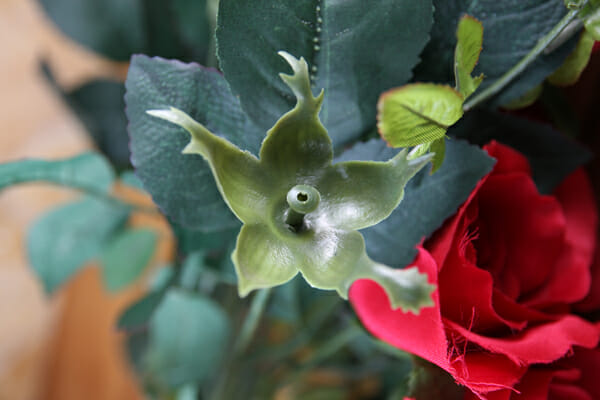 That green base and the thing sticking up in the middle of it. The bigger the “thing” the better for your bacon stability. Wow, that sounds very technical. Pop those babies right in there, like they were always meant to be.
That green base and the thing sticking up in the middle of it. The bigger the “thing” the better for your bacon stability. Wow, that sounds very technical. Pop those babies right in there, like they were always meant to be. And then gaze upon the beauty and majesty of the salty blooms, freshly picked from your kitchen. If only bacon roses really grew in the ground…
And then gaze upon the beauty and majesty of the salty blooms, freshly picked from your kitchen. If only bacon roses really grew in the ground…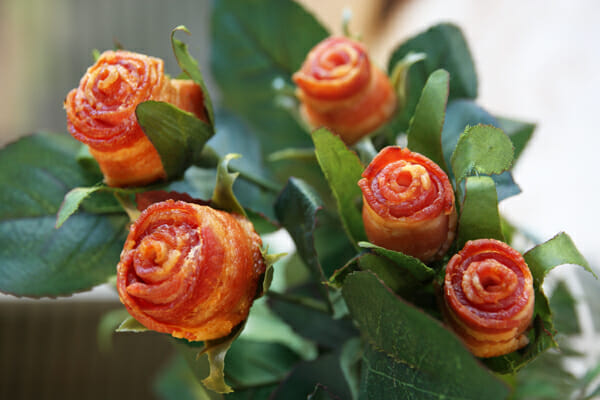
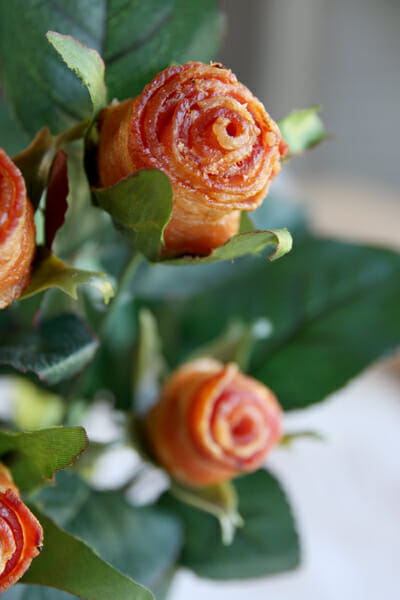
CROCKPOT RECIPE
Salisbury Steak
CRAFTS
SWAP DRAWINGS YOU DRAW!
out of about 15 drawings that i drew, i did get one i didn't want to see
so i just clicked to make a new drawing and it disappeared!
CHILDREN'S CORNER ... crafts
PAPER PLATE CROWNS
yahoo

These paper plate Sweetheart crowns are just the thing! They’re super inexpensive (all you need is a stack of paper plates, a Sharpee and a utility knife) and making them with the kids means a little quality crafting time - you can’t go wrong with that. As long as you do the cutting, the kids can pick their plates, draw the hearts and write the sweet messages of their liking.Though these crowns are lots of fun as decorative party hats, you could also take them one step further. Once they’re complete, how about a fun game of “Who Am I?“ You know the one - although usually played with Post Its, it’s the game where the one who wears the crown, has to guess the person who’s name is attached to their forehead.So skip the sweet sayings, and bring on their favorite cartoon characters, family members or big screen heroes and let the games begin! Materials:Paper plates Sharpee markers Tools: Utility knife Plastic cutting matt Instructions: 1. Fold the paper plate in half.
 2. Cut with the utility knife around the rim (follow the natural paper plate dent) leaving ½” connected. Use your matt as backing, to protect your table.3. Cut a half of a heart shape from the middle folded flap, with the bottom point being the part that is connected (from step above).
2. Cut with the utility knife around the rim (follow the natural paper plate dent) leaving ½” connected. Use your matt as backing, to protect your table.3. Cut a half of a heart shape from the middle folded flap, with the bottom point being the part that is connected (from step above).
4. Open up the hearts and write your “SweetHearts” message in the middle. 

PUZZLE
QUOTE


sesame seeds
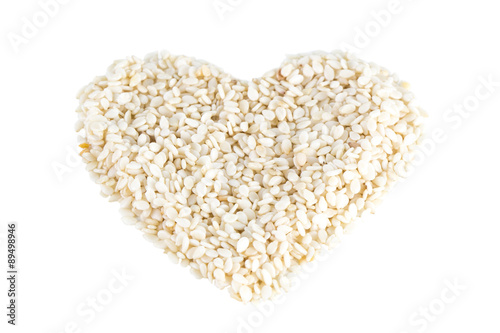
"what is your name?" in Azerbaijani (Azerbaijan, Iran - Adınız nədir?
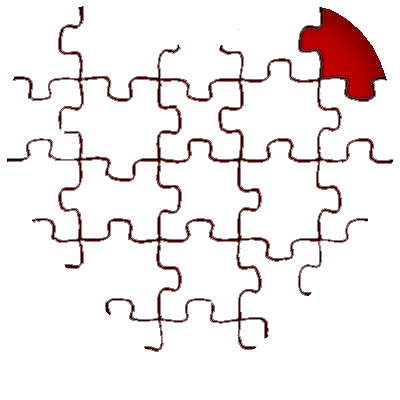
pomegranate seeds
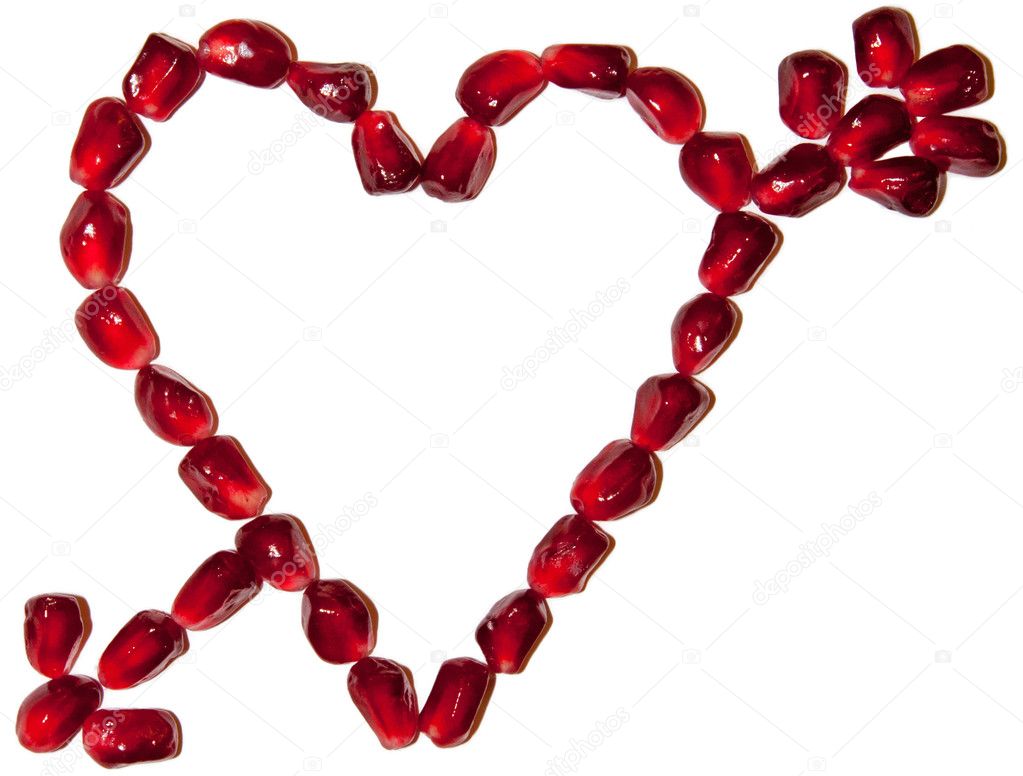
CLEVER
from shelley
For those of you few who have not had enough snow yet ... make your own snowflake:
pumpkin seeds
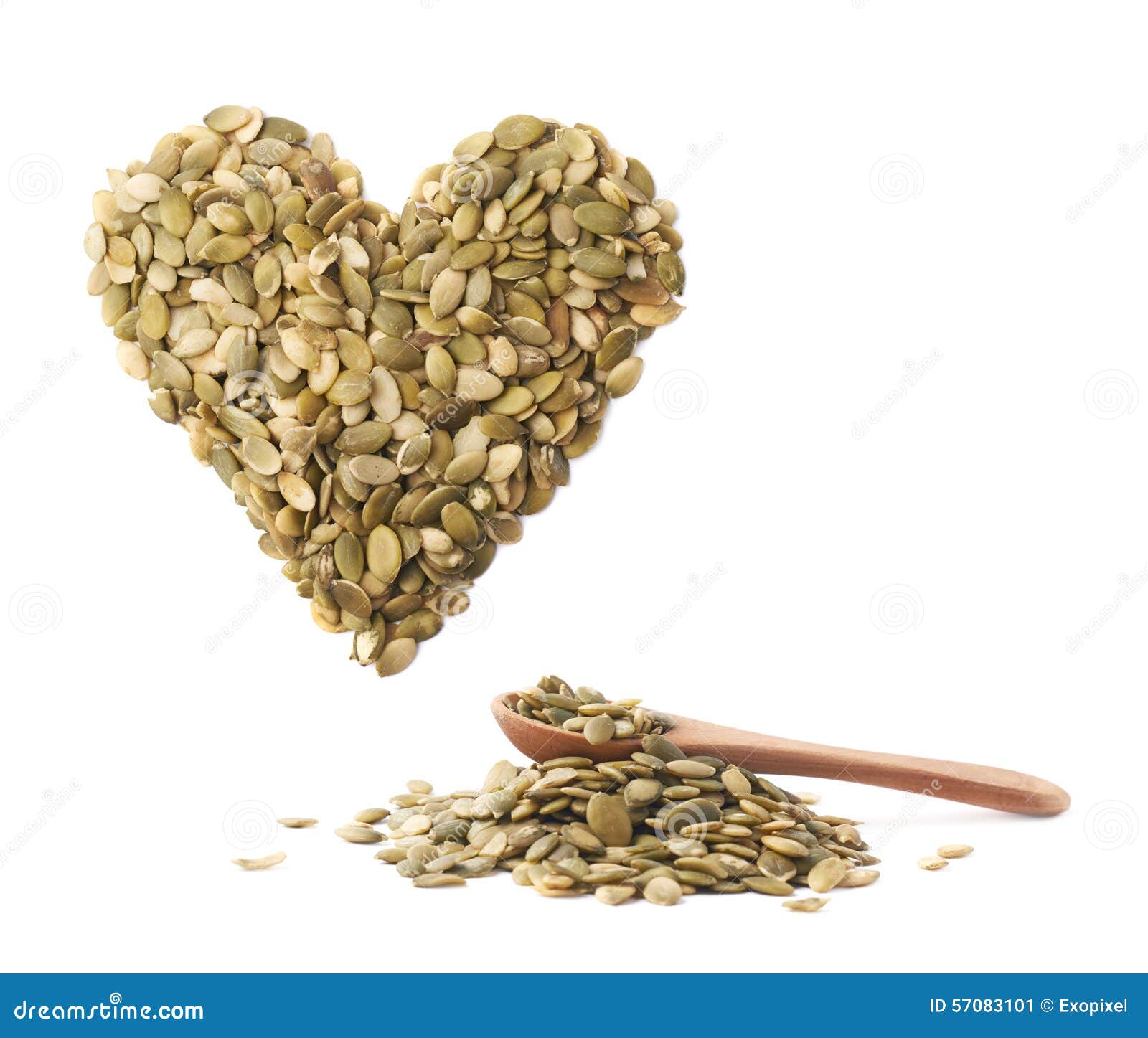
EYE OPENER
PAUL MCCARTNEY’S “SCRAMBLED EGGS,” WHICH EVOLVED INTO ONE OF THE MOST RECORDED SONGS OF ALL TIME
today i found out
“I reckon ‘Yesterday’ is probably my best song. I like it not only because it was a big success, but because it was one of the most instinctive songs I’ve ever written. I was so proud of it. I felt it was an original tune- the most complete thing I’ve ever written. It’s very catchy without being sickly”- Paul McCartney.
“Yesterday”, written entirely (or almost entirely– read on) by Paul McCartney, is either the most, or second most, recorded song of all-time. (Guinness World Records claimed it was the most, but this has been contested with others claiming George Gershwin’s 1935 “Summertime” is the true owner of that mantle.) Whatever the case, to date, at least 4,000 different versions of the classic “Beatles” tune have been recorded by artists as diverse as Frank Sinatra, Elvis Presley, Liberace, Tammy Wynette, Daffy Duck (!), The Mamas and the Papas, Marvin Gaye, Ray Charles and Placido Domingo.
In the mid-sixties, long before “Yesterday” was known to the general public, singer Billy J. Kramer said he was looking for a new song to record and Paul played him “Yesterday.” Poor Billy turned it down because he said it wasn’t right for him. Chris Farlowe also turned down the number, telling Paul, “It’s not for me. It’s too soft. I need a good rocker, a shuffle or something.”
So how did Paul come up with it? “It was the only song I ever dreamed,” said McCartney. Yep, the tune for “Yesterday” came to Paul McCartney in a dream. Paul woke up one morning, late in 1963 in the attic bedroom of Jane Asher’s house (Jane was his then-girlfriend) with a complete melody in his head and set some nonsense lyrics to it.
The original title was actually “Scrambled Eggs.” Paul’s original lyrics were, “Scrambled eggs, Oh you’ve got such lovely legs, Scrambled eggs. Oh, my baby, how I love your legs.”
As for the tune, Paul was initially unsure whether he had actually thought it up himself or if he had unintentionally stolen it from another composer. He played the tune to the other Beatles and recalled, “It was like handing in something you’d found at the police station and waiting to see if anyone claimed it.”
Still unsure, Paul played the melody to several other musicians and composers, but each one assured him they didn’t recognize it and he hadn’t unintentionally stolen it from another source.
After its ultimate release and widespread popularity with no one claiming the tune, in every McCartney interview since 1980, Paul has claimed complete 100% authorship and ownership of the song.
But, as with so many “facts” in the history of the Beatles, this now-gospel is disputed. According to John C. Winn, author of the excellent Beatles book “That Magic Feeling: The Beatles Recorded Legacy,” when Paul first played the song to his fellow Beatles, it was John who suggested the three-syllable title “Yesterday.” In a pre-1980 interview, John also stated: “The song was around for months and months before we completed it.” (Note the “we”.) Lennon continued, in the same interview: “Paul wrote nearly all of it. We just couldn’t find the right title.”
In an interview in March of 1967, Paul also stated John came up with the title when asked by Brian Matthew about the backstory of “Yesterday.” John stated, “Ah well, this is John saying I don’t know anything about that one. I’ll hand you over to Paul.” Paul then stated, “This is Paul, taking up the story in a holiday villa in Corsica. Strumming away on a medieval guitar, I thought [sings] ‘Scrambled Egg.’ But I never could finish it, and eventually I took it back in. With the ancient wisdom of the east, John came out with [sings] ‘Yesterday’.”
This is in direct contradiction to a May of 1965 interview in which Paul stated, “I remember mulling over the tune ‘Yesterday’, and suddenly getting these little one-word openings to the verse. I started to develop the idea … da-da da, yes-ter-day, sud-den-ly, fun-il-ly, mer-il-ly and Yes-ter-day, that’s good. All my troubles seemed so far away. It’s easy to rhyme those a’s: say, nay, today, away, play, stay, there’s a lot of rhymes and those fall in quite easily, so I gradually pieced it together from that journey. Sud-den-ly, and ‘b’ again, another easy rhyme: e, me, tree, flea, we, and I had the basis of it.”
By 1980, John had also changed his tune, saying in his Playboy interview that “Yesterday” was entirely Paul’s and that he had nothing whatsoever to do with it. “I never wished I’d written it and I don’t believe in Yesterday.”
Whether or not “Yesterday” is indeed 100% Paul’s song or whether John helped in any way with it joins the scores of other “Mysteries of the Beatles” that will undoubtedly remain a bit baffling and will be “unsolved completely” for the ages. But if we’re not nitpicking, it seems clear it was a “Paul work,” with a possible extremely minor contribution from John.
In the end, it took almost two full years for “Yesterday” to be recorded after the original “Scrambled Eggs” version. According to Beatles producer George Martin, Paul first played the song for him in Paris in January of 1964 and told him he thought the title “Yesterday” might be “too corny,” but Martin assured him it was not.
It was finally recorded officially in June of 1965. At first, they tried different ideas, including with John playing the organ, but eventually everyone decided it should be a Paul solo. Thus, “Yesterday” became the first-ever “Beatle” song recorded with only one Beatle and one Beatle alone.
The other “evolutionary” factor in the recording was the bringing in of a string quartet to back up Paul on the song. This was quite a huge breakthrough at the time for a mere “pop record.” These two factors were not without minor repercussions- jealousy from the other Beatles. (“Yesterday” was to be an early indicator of the chinks in the armor of early Beatle unity.)
“Yesterday” was released on the Beatles “Help!” album in 1965. The song wasn’t released as a single in Britain until after the band had officially split up (the “Yesterday as a single” idea was vetoed by John, George and Ringo.)
George Martin knew it was a “Paul song” and thought it should be released as such. But Beatles’ manager Brian Epstein quickly put the kibosh on this idea: “No. It is the Beatles.” According to Martin: “He did not want to divide his holy quartet. Though it wasn’t the Beatles at all, it had to remain so, as part of their recordings. I don’t think it irritated Paul at the time because he considered himself a Beatle above all other things.”
True, John did reap one-half of the composing royalties from “Yesterday” although it was “Paul’s baby,” but very shortly thereafter, Paul would reap the same one-half from songs completely written by John (“Strawberry Fields Forever,” “Come Together,” “I Am The Walrus,” “Revolution,” and many others.)
When the Beatles began touring in June of 1965, Paul initially didn’t play “Yesterday” because he thought it might upset John. This changed when the Beatles appeared on “Blackpool Night Out” in August of 1965. Apparently Paul was right and John didn’t like this “solo spot” idea and made sarcastic remarks all through Paul’s rehearsals of the song. (As an interesting sidebar, at the “Blackpool Night Out” performance, Paul reportedly dedicated the song to his ex-girlfriend, Iris Caldwell. Other sources claim Iris had once called Paul “unemotional” and he called Iris up and played “Yesterday” to her over the phone to prove otherwise.)
On August 14, 1965, Paul performed the song on “The Ed Sullivan Show”- when he finished the number, John Cuttingly said, “Thank you Paul, that was just like him.” George was later to complain, “Blimey! He’s always talking about that song. You’d think he was Beethoven or somebody.”
Despite the other Beatles’s derision, Paul was to perform the song solo at many of their live concerts during their 1965-66 tours. Of course, the Beatles all sang a drunk-like, sarcastic version of the song on their 1965 Christmas record. Even the great Bob Dylan joined the anti- “Yesterday” chorus, saying, “If you go to the library of congress you can find a lot better songs than that… there are millions of songs like ‘Michelle’ and ‘Yesterday’ written in tin pan alley.” (Ironically, Dylan was to record his own version of the song four years later. It was never released.)
Despite the puerile jealousies of his friends and colleagues, “Yesterday” remains a classic, easily the best-known and most beloved of Paul McCartney’s legions of compositions- his “signature song,” which has been heaped with numerous accolades. For instance, in 1997, “Yesterday” was inducted into the Grammy Hall of Fame. It was also voted the best song of the 20th century in a BBC 2 poll of music experts and listeners. MTV and Rolling Stone Magazine also named it the #1 pop song of all-time. Broadcast Music Incorporated (BMI) asserts that “Yesterday” was performed over 7 million times in the 20th century alone.
Not bad for a song whose tune came to the composer in a dream and that started out with the lyrics, “Scrambled eggs, Oh you’ve got such lovely legs, Scrambled eggs. Oh, my baby, how I love your legs.”

watermelon seeds
sunflower seeds


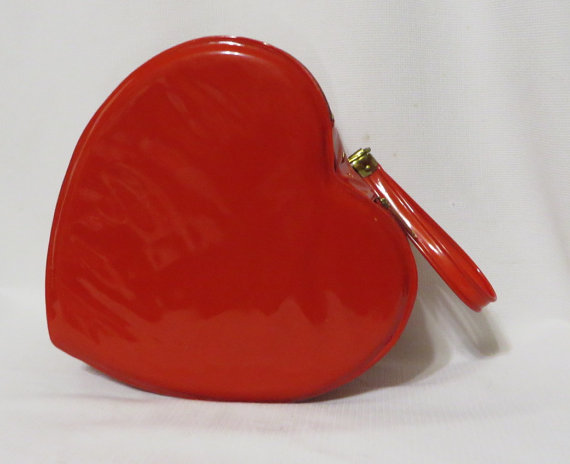
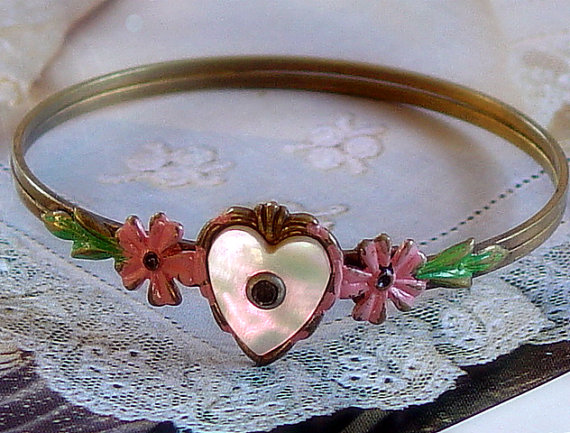
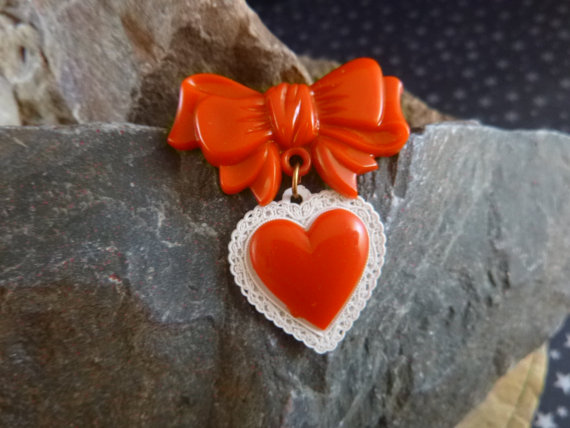

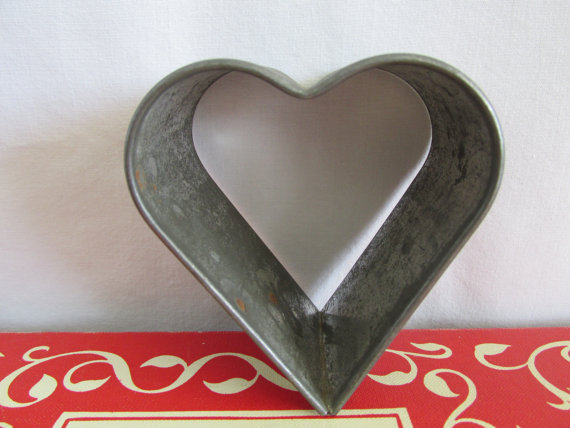
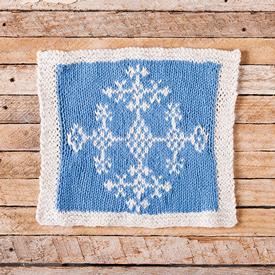



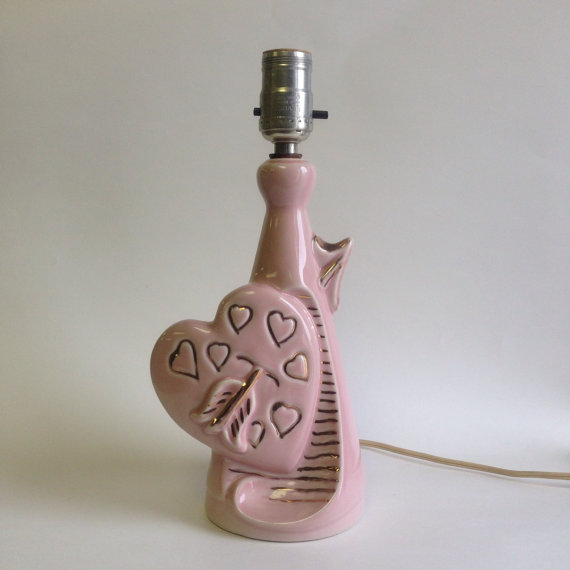


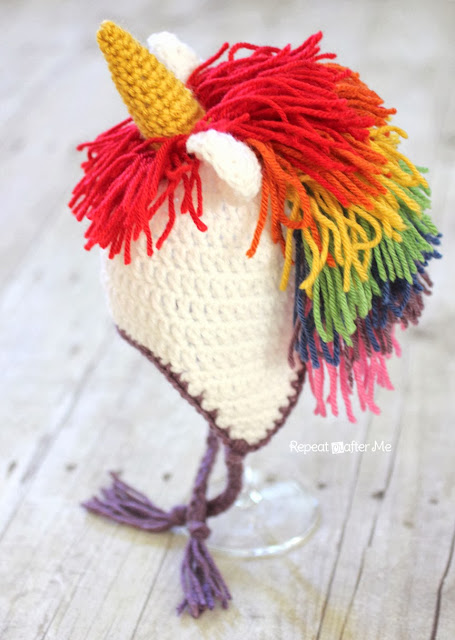

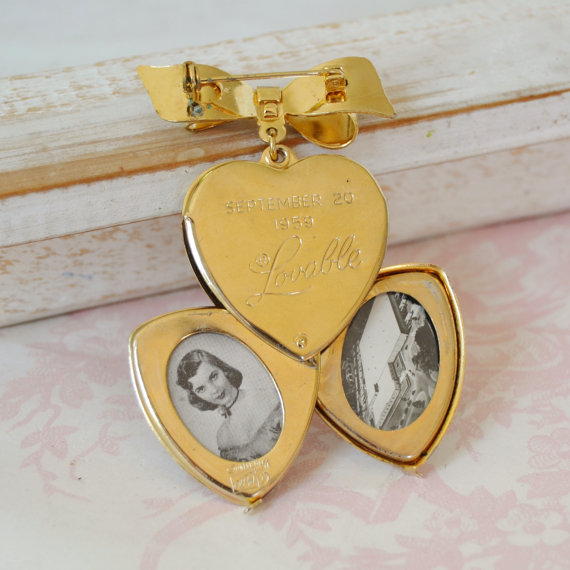
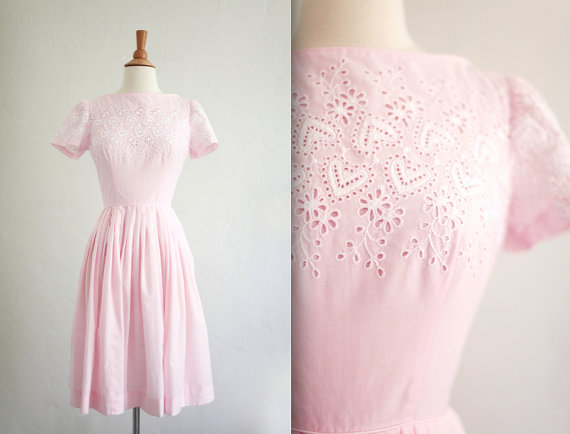

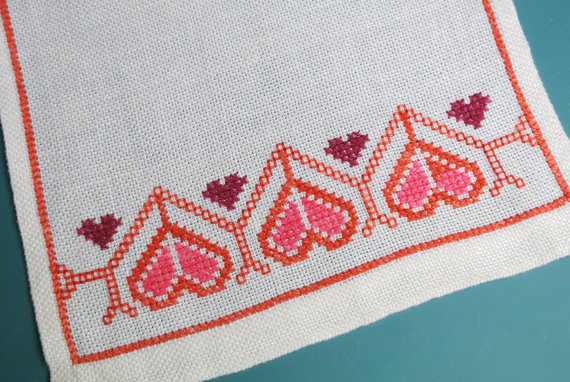
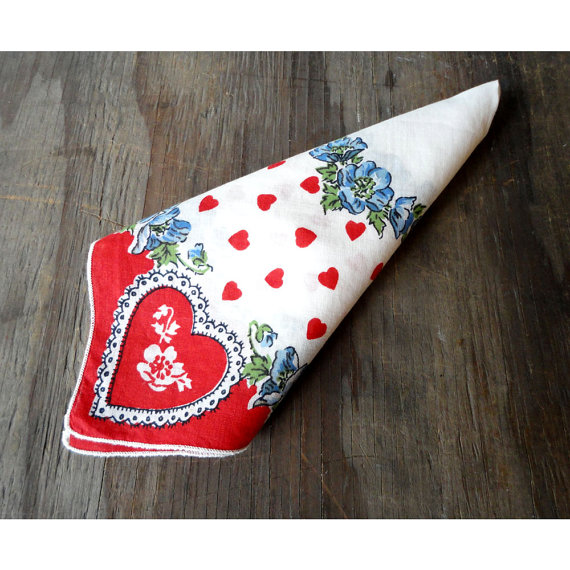
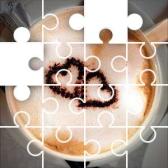
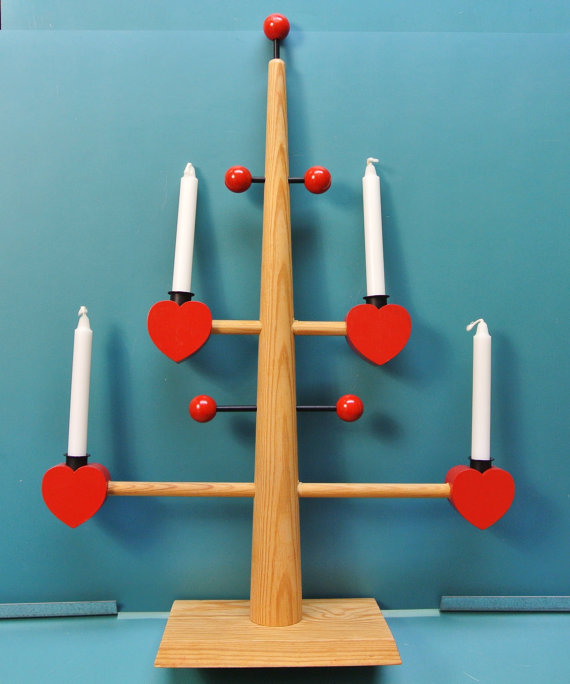
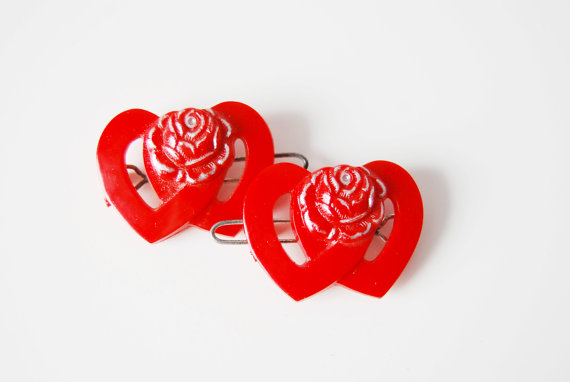
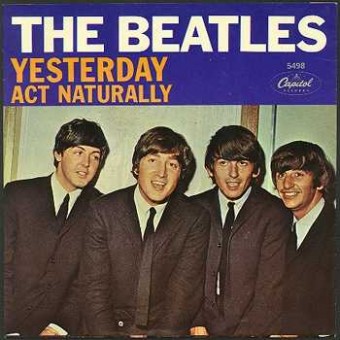
Yesterday will never be the same:)
ReplyDelete